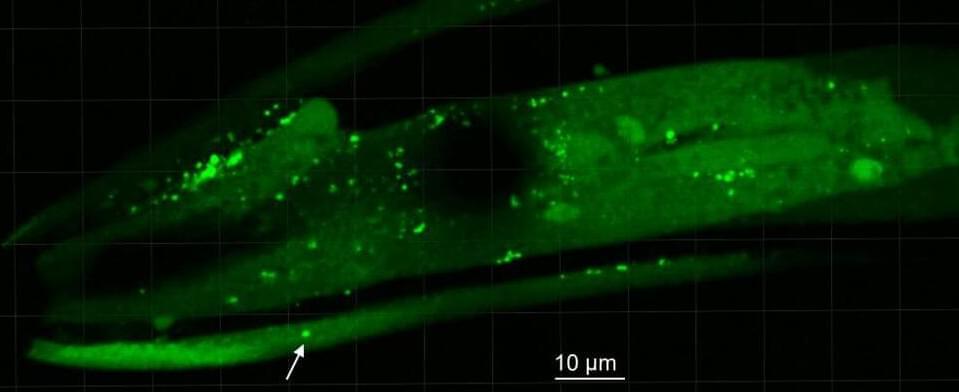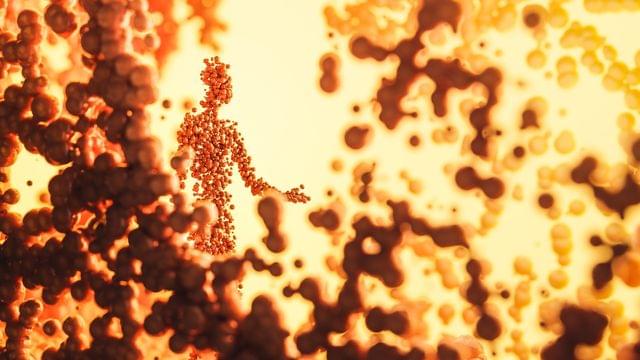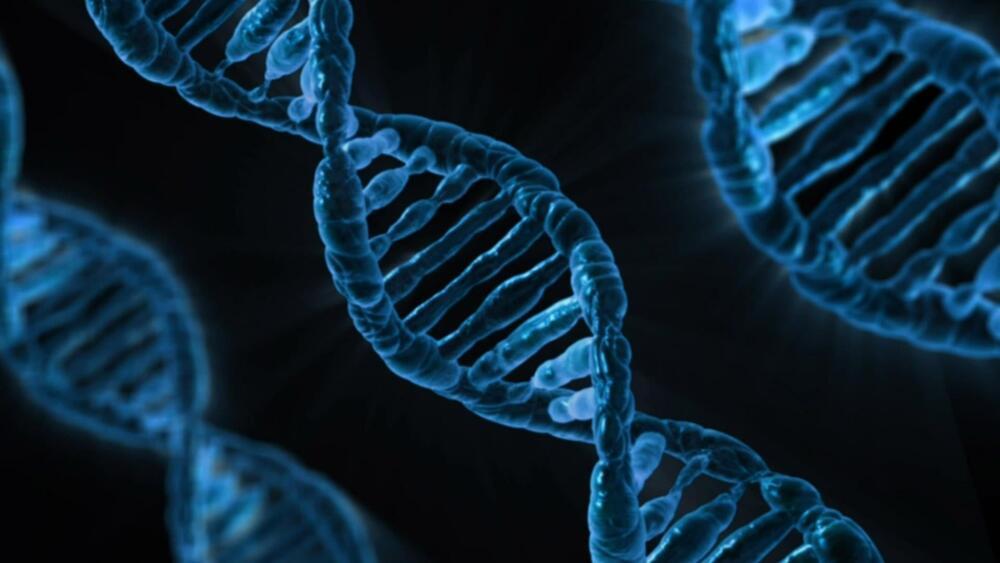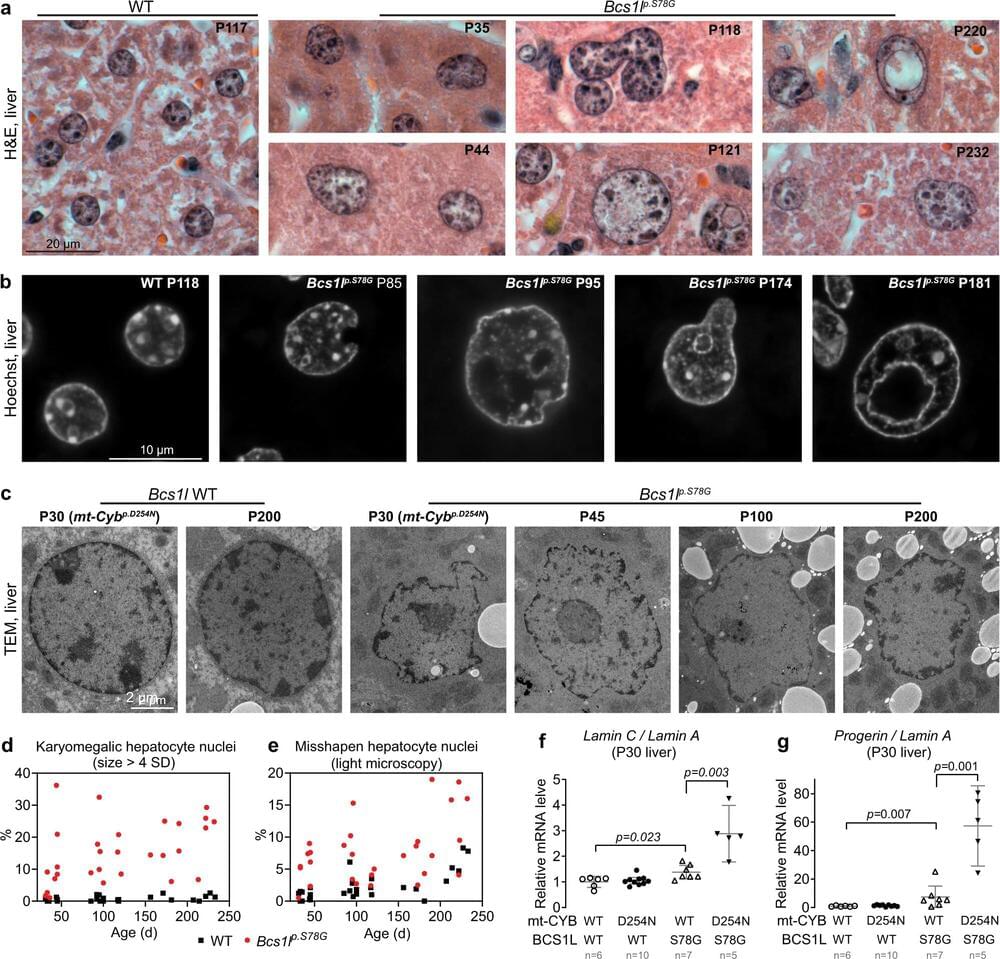Dr_Microbe/iStock.
To address these concerns, scientists at SNIPR BIOME company have been working on developing a targeted approach to kill harmful bacteria while saving the essential ones precisely.

Join us on Patreon! https://www.patreon.com/MichaelLustgartenPhD
Discount Links:
NAD+ Quantification: https://www.jinfiniti.com/intracellular-nad-test/
Use Code: ConquerAging At Checkout.
Green Tea: https://www.ochaandco.com/?ref=conqueraging.
Oral Microbiome: https://www.bristlehealth.com/?ref=michaellustgarten.
Epigenetic Testing: https://trudiagnostic.com/?irclickid=U-s3Ii2r7xyIU-LSYLyQdQ6…M0&irgwc=1
Use Code: CONQUERAGING
At-Home Blood Testing: https://getquantify.io/mlustgarten.

Human lifespan is intricately connected to the aging process of individual cells, and this means that scientists have spent decades trying to unravel the mysteries of cellular aging and exploring methods to slow down the ticking of the aging clock.
Longevity. Technology: In 2020, a group of researchers from the University of California San Diego identified two distinct mechanisms of cellular aging and genetically manipulated them to extend cell lifespan [1]. Now, their research has progressed to employ synthetic biology and gene circuits to delay the deterioration associated with cellular aging [2]. The team’s innovative approach could revolutionize scientific methods of aging prevention and contribute to reprogramming aging pathways in various human cell types.
Publishing in Science, the researchers describe how cells in yeast, plants, animals and humans all contain gene regulatory circuits responsible for several physiological functions, including aging. These gene circuits, akin to electric circuits controlling household devices, can operate in different ways, and the UC San Diego team discovered that cells don’t necessarily age the same way – it all depends on their genetic material and environment. The researchers found that cells can age either through DNA stability decline or mitochondrial decline.

I suspected both this and alzheimers are bacterial infections.
A common genus of microbe found in wet, boggy environments could play a key role in the development of Parkinson’s disease, by excreting compounds that trigger proteins inside brain cells to form toxic clumps.
The findings, made by a small team of researchers at the University of Helsinki and the University of Eastern Finland, build on the results of an earlier investigation showing that the severity of the neurodegenerative disorder in volunteers increased with concentrations of Desulfovibrio bacterial strains in their feces.
By now demonstrating a potential path from the presence of the bacteria in genetically edited worms to physical changes in the brain that coincide with Parkinson’s disease, the researchers hope to one day improve early diagnosis of the disease in humans, or even slow its progress.

Proteins are made from chains of amino acids that fold into three-dimensional shapes, which in turn dictate protein function. Those shapes evolved over billions of years and are varied and complex, but also limited in number. With a better understanding of how existing proteins fold, researchers have begun to design folding patterns not produced in nature.
But a major challenge, says Kim, has been to imagine folds that are both possible and functional. “It’s been very hard to predict which folds will be real and work in a protein structure,” says Kim, who is also a professor in the departments of molecular genetics and computer science at U of T. “By combining biophysics-based representations of protein structure with diffusion methods from the image generation space, we can begin to address this problem.”
The new system, which the researchers call ProteinSGM, draws from a large set of image-like representations of existing proteins that encode their structure accurately. The researchers feed these images into a generative diffusion model, which gradually adds noise until each image becomes all noise. The model tracks how the images become noisier and then runs the process in reverse, learning how to transform random pixels into clear images that correspond to fully novel proteins.

In a study of 17 people from five families, Johns Hopkins Medicine researchers say they found that ultra-lengthy DNA endcaps called telomeres fail to provide the longevity presumed for such people. Instead, people with long telomeres tend to develop a range of benign and cancerous tumors, as well as the age-related blood condition clonal hematopoiesis.
Reporting in the May 4 issue of the New England Journal of Medicine, the Johns Hopkins researchers say clonal hematopoiesis is common among this long-telomere group, and the blood condition combined with long telomeres may help mutations stick around longer in blood cells.
“Our findings challenge the idea that long telomeres protect against aging,” says Mary Armanios, M.D., professor of oncology at the Johns Hopkins Kimmel Cancer Center, and professor of genetic medicine, molecular biology and genetics, and pathology at the Johns Hopkins University School of Medicine. “Rather than long telomeres protecting against aging, long telomeres allowed cells with mutations that arise with aging to be more durable.”
Join us on Patreon!
https://www.patreon.com/MichaelLustgartenPhD
Discount Links:
NAD+ Quantification: https://www.jinfiniti.com/intracellular-nad-test/
Use Code: ConquerAging At Checkout.
Green Tea: https://www.ochaandco.com/?ref=conqueraging.
Oral Microbiome: https://www.bristlehealth.com/?ref=michaellustgarten.
Epigenetic Testing: Trudiagnostic.pxf.io/R55XDv.
Use Code: CONQUERAGING
At-Home Blood Testing: https://getquantify.io/mlustgarten.


A study has found that a mitochondrial disease in newborns shows cancer-like changes in proliferating cells, causing tissues to age prematurely. The finding is a significant step forward in understanding the syndrome and developing treatments for mitochondrial diseases.
GRACILE syndrome, a mitochondrial disease that is one of the Finnish heritage diseases, shows altered cell metabolism and proliferation resembling that of cancer cells. In the future, similar mitochondrial diseases could potentially be treated by limiting excessive cell proliferation. This is demonstrated in a study led by docent Jukka Kallijärvi and professor emerita Vineta Fellman that was carried out at the Folkhälsan Research Center and the University of Helsinki and published in Nature Communications in April 2023.
Mitochondria are organelles responsible for a large portion of cellular energy metabolism. Mutations in genes required for mitochondrial functions cause mitochondrial diseases in humans. GRACILE syndrome is caused by a malfunction in the respiratory chain, the very system the mitochondria utilize to generate cellular energy. The onset of the syndrome is in the fetal period, manifesting after birth as a liver and kidney disease with severe metabolic complications. Newborns with the syndrome usually only survive a few weeks.

Our cells naturally degrade over time, which is part of the reason we’re not as mobile and sprightly aged 80 as we are aged 8. Now scientists have figured out a way to boost cell lifespan and longevity using a synthetic genetic ‘clock’.
Researchers from the University of California San Diego based their findings on the yeast Saccharomyces cerevisiae, making it unlikely that humans might live forever any time soon – but the team thinks that the work could be developed to eventually help the human body age in a healthier way.
By ‘rewiring’ the yeast cells, the researchers were able to boost their lifespan by 82 percent on average. It’s a promising development in the control of cellular aging and treating age-related conditions.